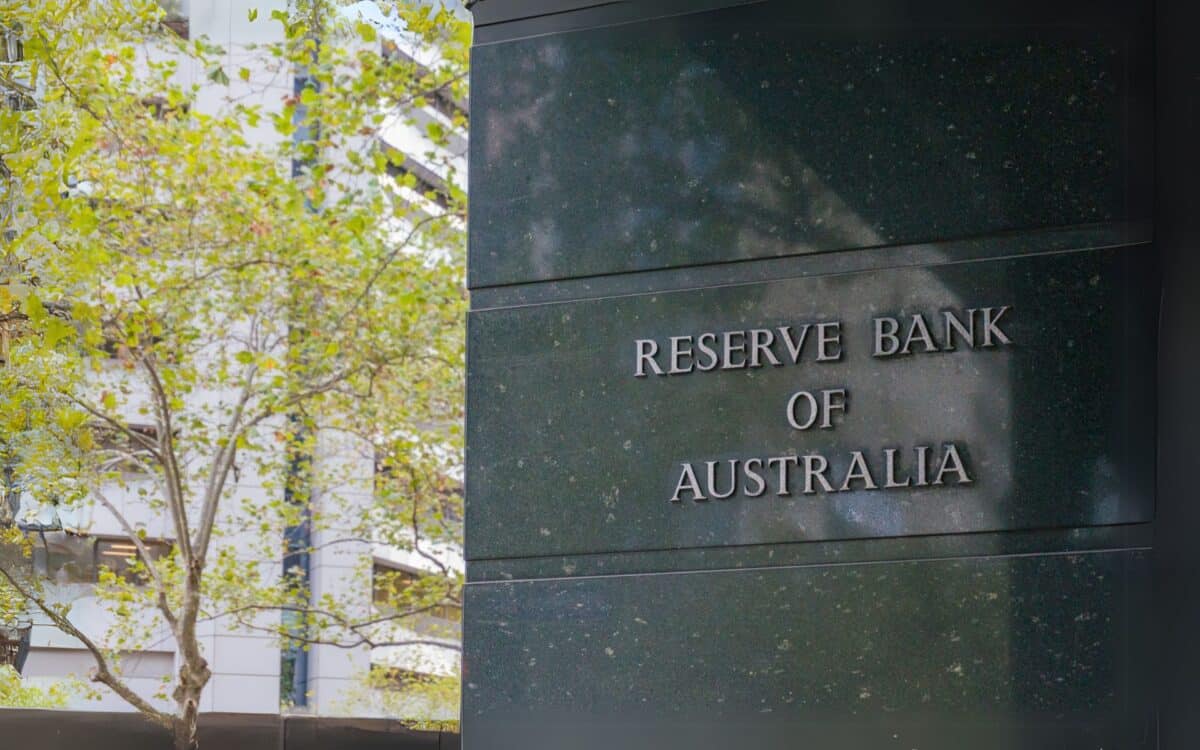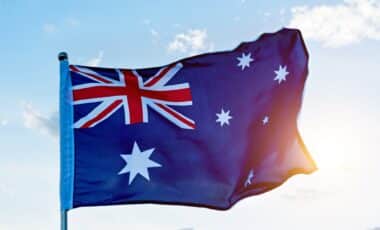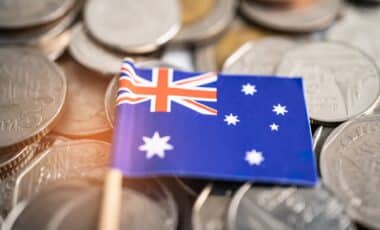The Reserve Bank of Australia (RBA) has decided to keep the official cash rate at 4.10%, following its first rate cut in over four years just a month ago.
Despite expectations from economists and banks for further rate reductions throughout the year, the RBA has taken a cautious approach. The decision to maintain the current rate reflects a careful balance amid global uncertainties and domestic recovery.
According to reports from 7News, while inflation appears under control, economic challenges remain, leaving the RBA to assess its next move in the months ahead.
Why the Rba Held the Cash Rate Steady
The RBA‘s decision to hold the cash rate firm at 4.10% signals a cautious approach, particularly following its reduction last month. Governor Michele Bullock explained that while the economic indicators have been positive, including a fall in inflation to 2.4% in February, the board believes that now is not the time to move ahead with additional cuts.
Bullock stated, “The board did not explicitly discuss a rate cut,” emphasizing that the decision was based on a consensus.
“We’ve come a long way and it hasn’t been easy but we have made good progress on bringing inflation down and keeping unemployment low,” Bullock said.
“This is a good position for the economy to be in as we approach a period of uncertainty. But we have to be careful not to get ahead of ourselves. Inflation pressures remain and cost of living pressures are still very real for many Australians.”
Australia’s headline inflation has eased to 2.4%, within the Reserve Bank’s target range of 2-3%. Additionally, the trimmed mean inflation figure, which excludes volatile items, dropped to 2.7%.
These numbers suggest that inflationary pressures are under control, although the RBA remains cautious about the economic outlook, particularly as new inflation data will be available in the coming months.
Concerns Over Global Risks
Despite positive domestic data, the RBA remains wary of external factors, particularly global risks such as the potential impact of new US tariffs. Isaac Gross from Monash University described the uncertainty surrounding these tariffs as the “big elephant in the room,” saying,
“Nobody knows how big they will be, who they will target and if other countries will retaliate.”
The RBA is closely monitoring these developments. Bullock remarked,
“At the moment it’s not having a specific impact. The question we’re asking ourselves is what it might do to activity globally and inflation in Australia as we move on,” she added.
These concerns remain a critical factor in the RBA’s cautious approach to adjusting the cash rate.
The State of Domestic Demand
The RBA highlighted that private domestic demand is showing signs of recovery. Real household incomes have risen, and financial stress indicators are easing. However, businesses are still facing challenges in passing on cost increases to consumers due to weak demand, which could hinder inflation control efforts.
“Following promotion-based growth across the December quarter, spending on household goods continued to moderate with lower discretionary spending to begin the year.” Noted Robert Ewing, head of business statistics at the Australian Bureau of Statistics.









